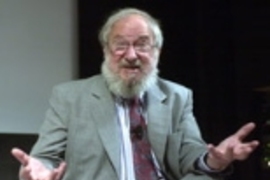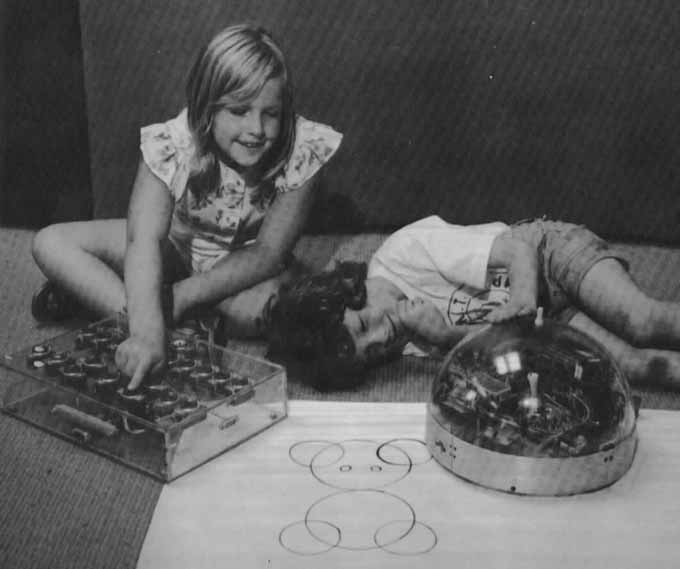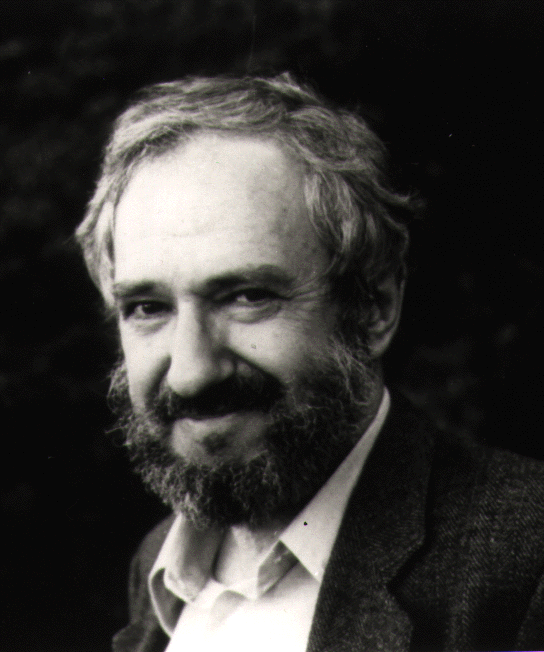

Papert, Minsky and Nicholas Negroponte were the three original faculty members when Negroponte founded the MIT Media Lab in 1985. The two of them were so close they could finish each other’s sentences. Papert moved to MIT in 1963 and, with Minsky, co-authored Perceptrons (1969), an important book on developing artificial intelligence through neural networks. In 1960, Papert attended a cybernetics conference in London where he met Professor Marvin Minsky, co-founder of the artificial intelligence group at MIT, the Massachusetts Institute of Technology. Papert said: “Learning is most effective when part of an activity the learner experiences as constructing a meaningful product.” He could therefore be considered the father of today’s “maker” movement as well.Īs always, chance played a part. This was not so much “learning by doing” as “learning by making”. Papert had his own version, which he called constructionism. Piaget developed a theory of education, which he called constructivism. However, floor turtles were easier for small children to grasp, and they also enabled discussion, experimentation and group learning. Of course, the Logo language could do the same things with a dot of light on a computer screen.

A turtle can draw complex patterns by following simple instructions, while sets of instructions form subroutines that can be infinitely repeated. When it moves, its built-in pen draws a line. Video: How the collaboration between Seymour Papert and Lego began.Ī floor turtle obeys simple instructions that tell it to go forward, stop, reverse, turn by a certain angle, and so on. The floor turtle – originally developed in the late 1940s by William Grey Walter – was a start, and Papert created a Logo turtle that could be controlled from a computer. The answer, he thought, was to give children a physical way to think of mathematical ideas. That was why most of them did not understand it. Papert understood that mathematics was abstract and theoretical, and that was how it was taught to children. Today’s educational toy industry started from there. What changed his life was his next position, at the University of Geneva, where he spent four years researching mathematics and children’s education under the psychologist Jean Piaget, whose work revolutionised education.Ĭhild’s play had been considered largely inconsequential, but Piaget saw that it was an essential part of a child’s cognitive development. He took a BA in philosophy before earning PhDs in mathematics at the University of the Witwatersrand in 1952 and then at Cambridge University in 1959. Son of Betty and Jack Papert, Seymour was born in Pretoria, South Africa, where his father was an entomologist.
#Seymour papert logo code
Scratch, the leading programming environment for children, is based on enabling children to snap together encapsulations of computer code on their screens in much the same way as they would snap Lego bricks together in the physical world.

Decades of working with the toy company Lego on Lego/Logo, which linked the world of Lego construction with the world of Logo programming, led to the launch in 1998 of the Lego Mindstorms range of robotics toys, which was named to honour Papert’s most influential book, Mindstorms: Children, Computers, and Powerful Ideas (1980). He also co-authored the Logo programming language, and was involved with the One Laptop Per Child (OLPC) project, which delivered education-oriented laptops to children across the less-developed world.

Papert’s visionary research put robot turtles into tens of thousands of schools. Seymour Papert, who has died aged 88, had a profound impact on education, and pioneered the use of computers as an aid to learning.


 0 kommentar(er)
0 kommentar(er)
